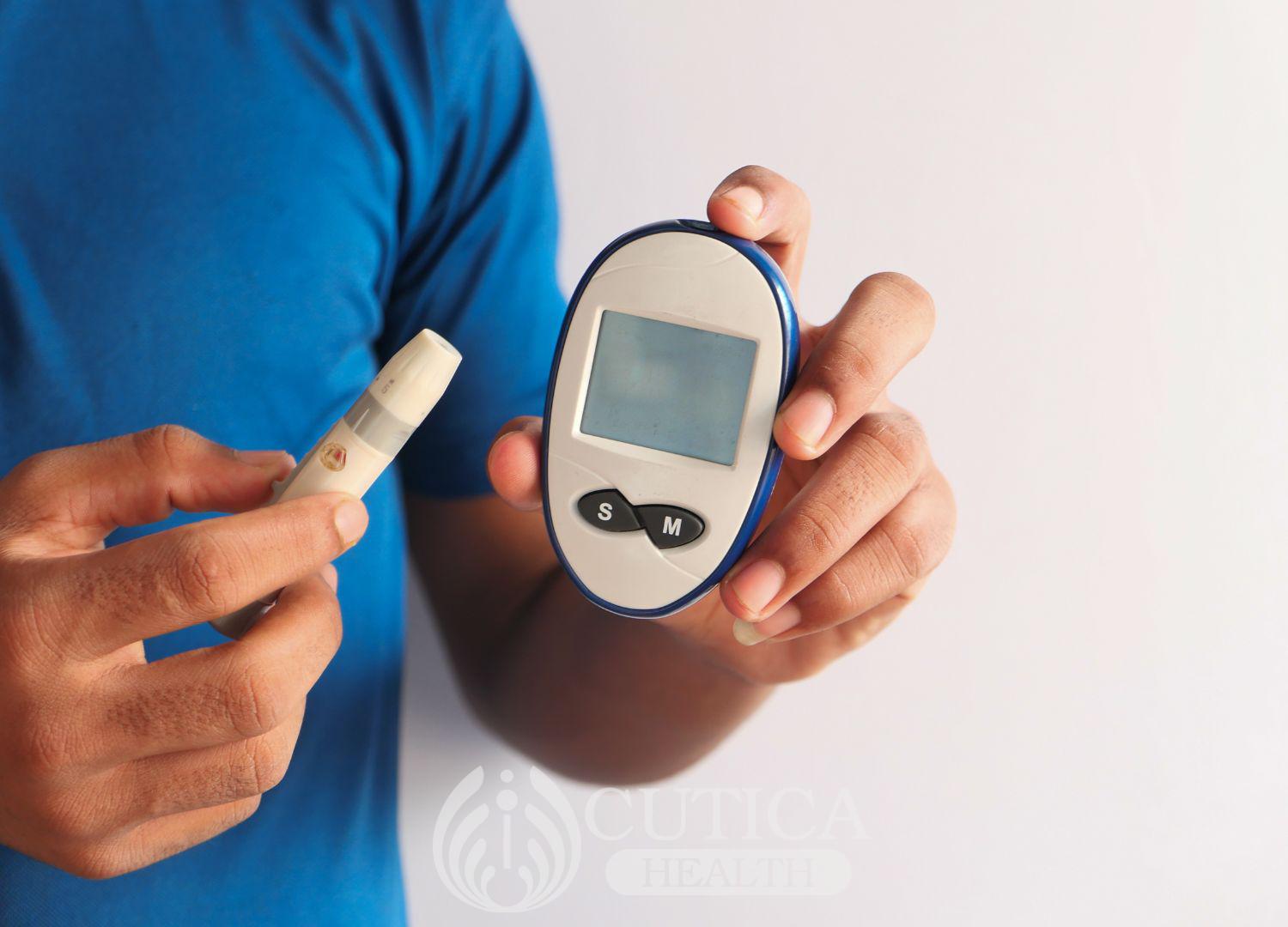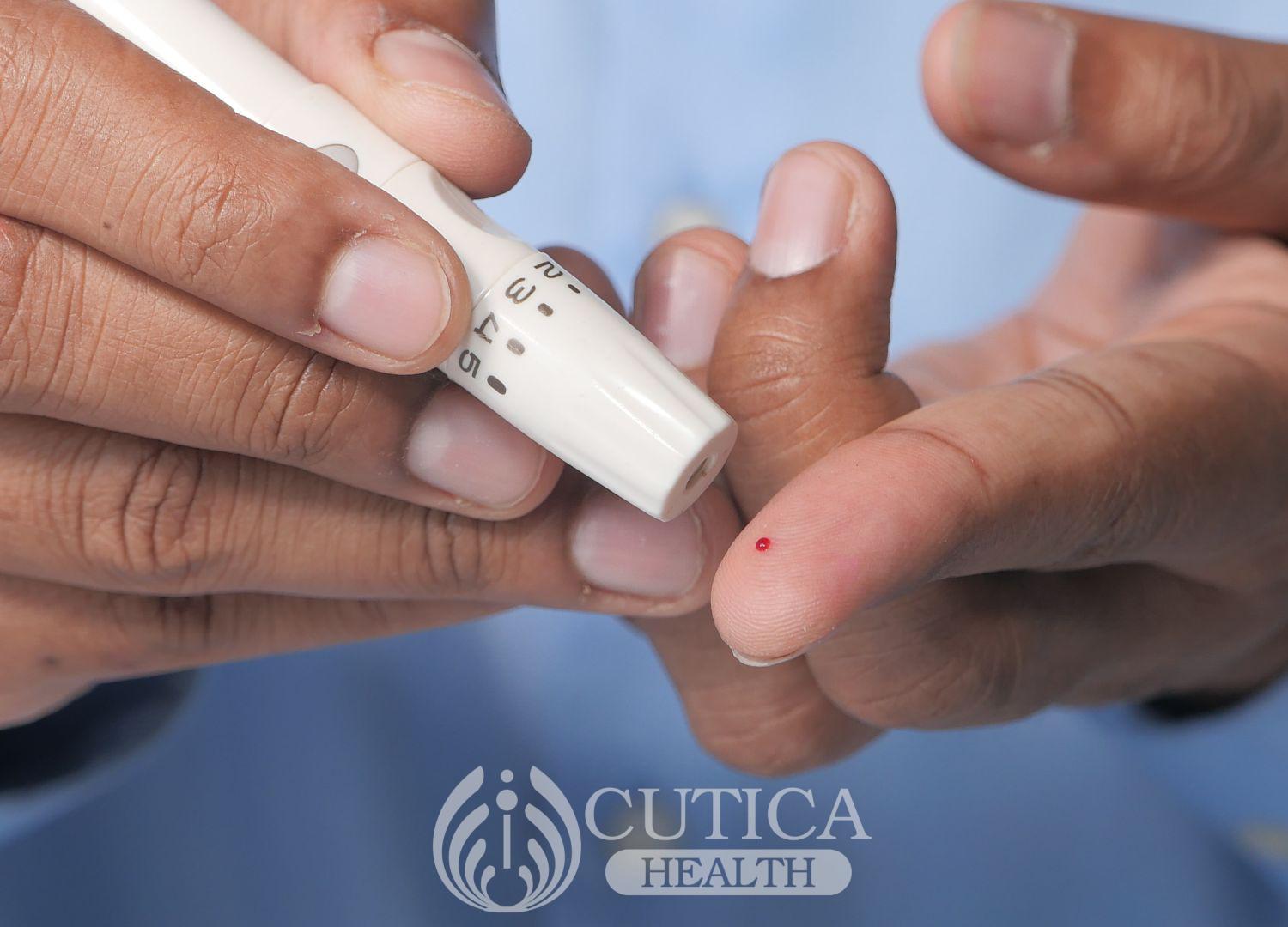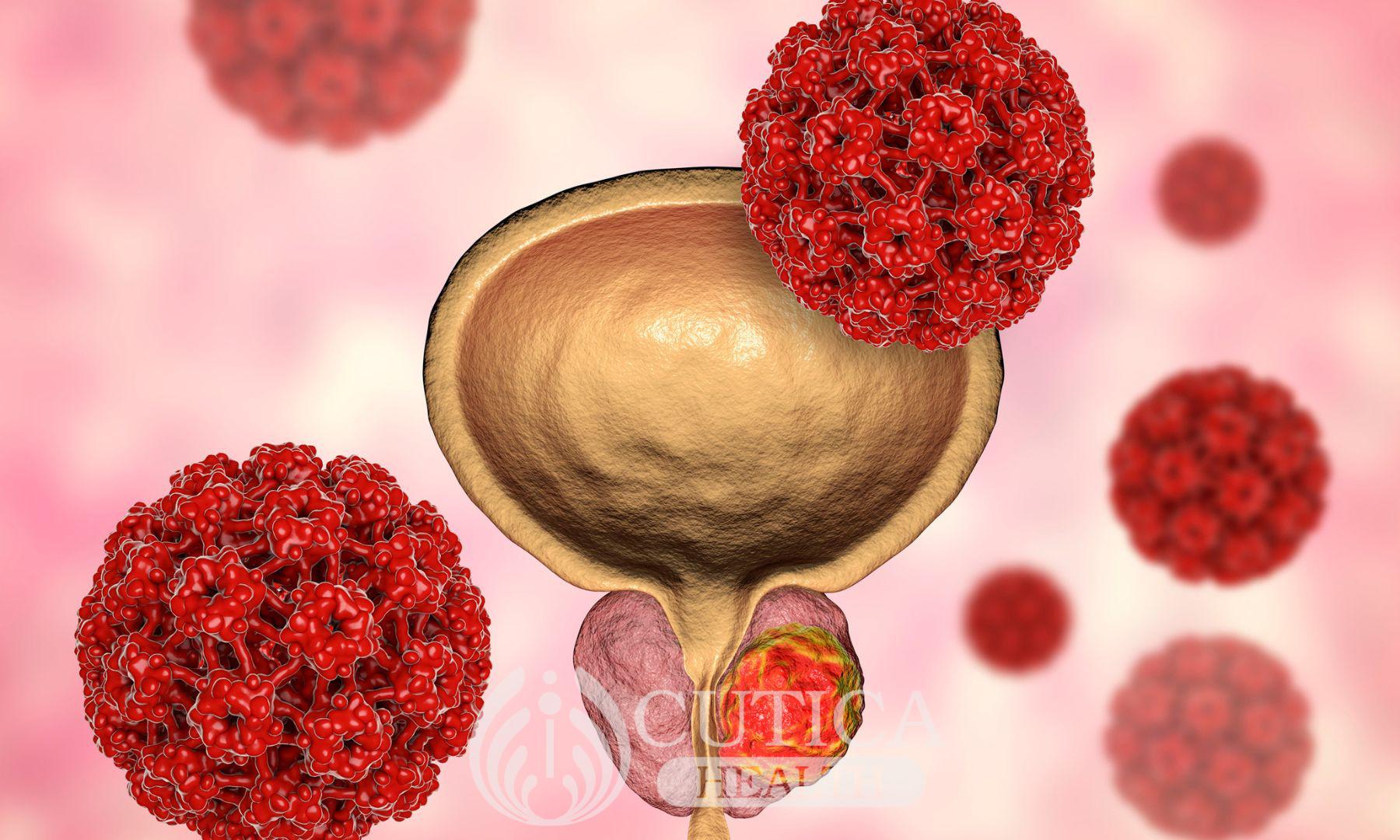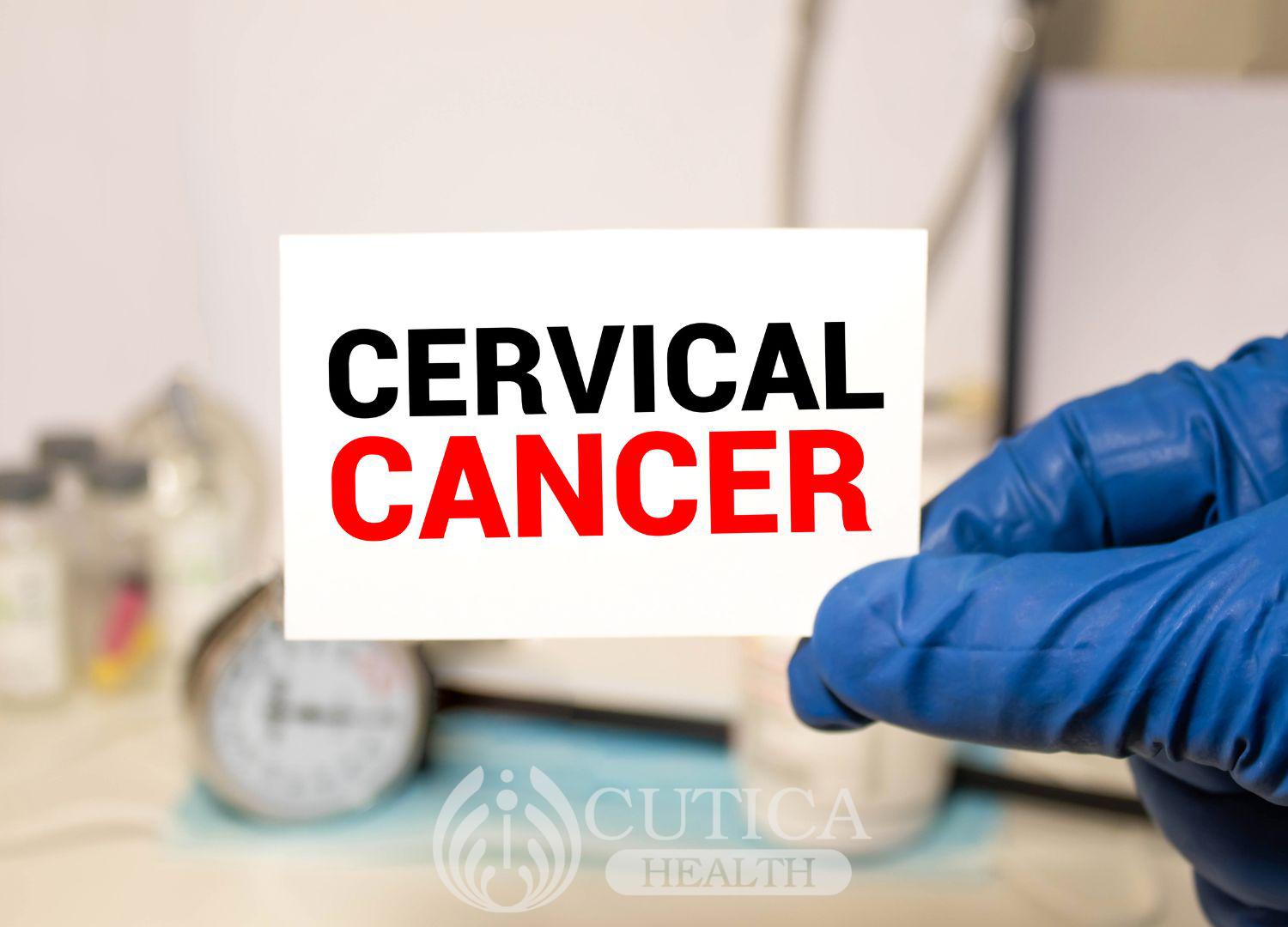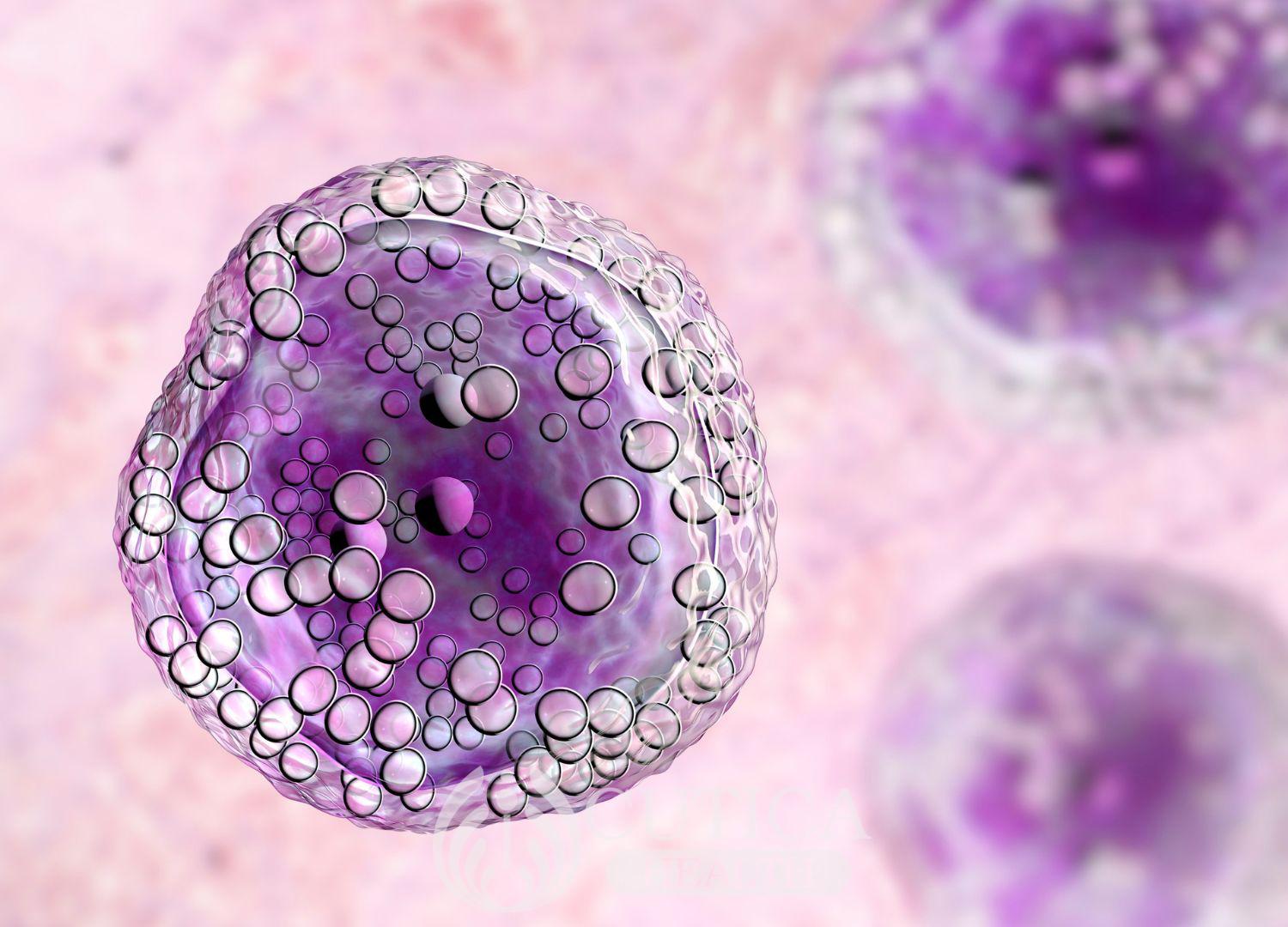
Once a healthy and active person, Jane lay in her hospital bed, feeling weak and helpless. She had been diagnosed with Burkitt's lymphoma. The news had come as a shock to her and her family, who had no idea what was causing her weight loss, fever, and abdominal pain.
What is Burkitt’s lymphoma?
Burkitt's lymphoma is a type of cancer that begins in immune cells called B-cells. Although Burkitt's lymphoma is rare, it tends to be aggressive when it occurs.
Causes and Risk Factors
The exact cause of Burkitt's lymphoma is not yet known. Factors that have been identified as contributing to its development, include:
- Epstein-Barr Virus (EBV): EBV is a common virus that affects most people at some point in their lives.
- Genetic mutations: Burkitt's lymphoma is thought to result from genetic mutations that cause cells to grow and divide uncontrollably.
There are several risk factors associated with Burkitt's lymphoma, including:
- HIV/AIDS: People with compromised immune systems, such as HIV/AIDS, are more susceptible to Burkitt's lymphoma.
- Age: Most cases occur in children under the age of 15.
- Geographical location: Burkitt's lymphoma is most common in sub-Saharan Africa.
- Exposure to chemicals: It is thought that certain chemicals, such as insecticides and herbicides, may increase the risk of Burkitt's lymphoma, but research is still ongoing.
Symptoms
The signs and symptoms of Burkitt's lymphoma depend on the location. They include:
1. Abdominal swelling and pain caused by an enlarged spleen or liver
2. Facial swelling and distorted facial features
3. Unexplained weight loss and loss of appetite
4. Fatigue and weakness
5. Night sweats and high fever 
6. Persistent coughing, difficulty breathing, and chest pain
7. Painless swelling in the neck, armpits, or groin
8. Mouth sores or tumors in the jaw or gums
Treatments
The goal of treatment is to destroy the cancer cells and prevent them from spreading to other body parts.
- Chemotherapy: Chemotherapy involves using drugs to destroy cancer cells. This treatment is usually given in cycles, with a period of rest in between. Chemotherapy is often used in combination with radiation therapy.
- Radiation therapy: Radiation therapy uses high-energy radiation beams to kill cancer cells. This treatment is often used in combination with chemotherapy.
- Surgery: In some cases, surgery may be necessary to remove a mass or tumor that has developed due to Burkitt's lymphoma.
- Bone marrow transplant: This involves replacing the blood cells with healthy ones.
Prognosis
The prognosis for Burkitt's lymphoma depends on several factors, including the stage of cancer, the patient's age, and overall health. With prompt and aggressive treatment, the survival rate for Burkitt's lymphoma is high, with many patients achieving a cure.
However, even with successful treatment, there is a risk of the cancer returning, known as relapse. Regular follow-up and monitoring are essential to detect any cancer recurrence.






